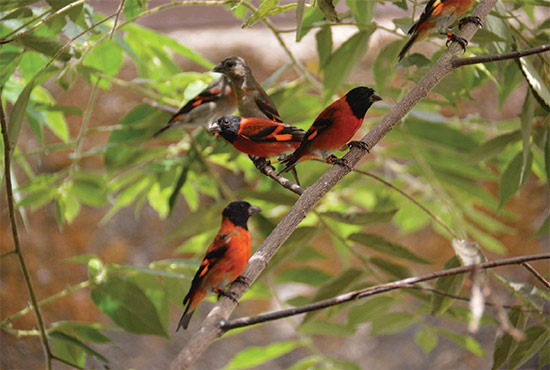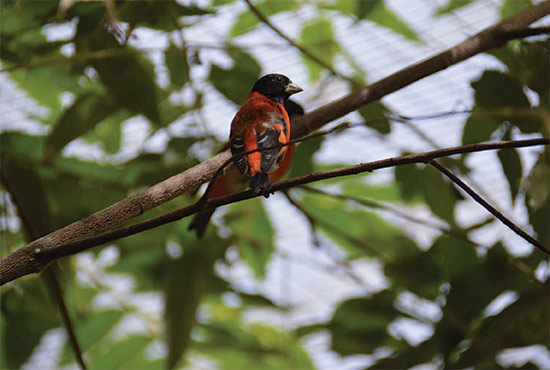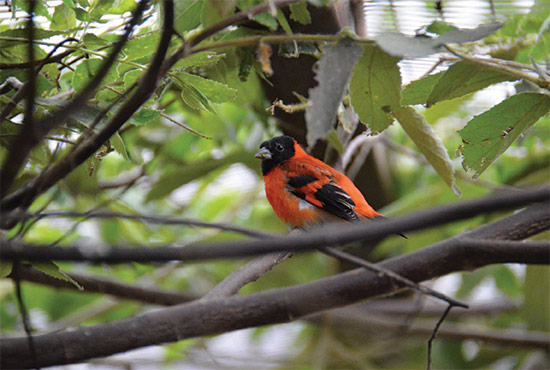
One of the biggest threats to wildlife around the world is illegal wildlife trafficking. Being illegal, much of the trade naturally occurs in secret, so it is notoriously difficult to track the enormity of the scale of this scourge. However, estimates range from $10-20 billion dollars a year, making it the fourth largest illegal trade on the planet after drugs, counterfeit products, and human trafficking – and well ahead of illegal weapons trafficking!
Illegal wildlife trafficking isn’t just an enormous threat to biodiversity. It also fuels corruption, often feeds into the larger criminal circuits around the world, and can have a real impact on local communities that depend directly on natural resources or on ecotourism for their survival.
There are many types of illegal wildlife trafficking – for furs, for food, for traditional medicine, for trinkets for tourists. Killing endangered animals for parts is bad enough, but there is another sinister angle for many poachers – illegal trafficking for the pet trade.
I was first really made aware of this problem when I helped out on a colleague’s study of bog turtles in western Massachusetts some years back. These tiny, exceedingly cute turtles are now listed as Critically Endangered, and I was stunned to discover my colleague made it a practice to never identify her study site locations in her publications, lest poachers discover these last populations and plunder them. Since then I’ve discovered that this is common practice for many turtle researchers, including for some of the work we do here through the Zoo New England’s Conservation Department.
One estimate suggests that illegal wild pets can be found in over 9 million households in the US alone. That is staggering, and bears directly on the animal protected by our newest international partnership – the red siskin.
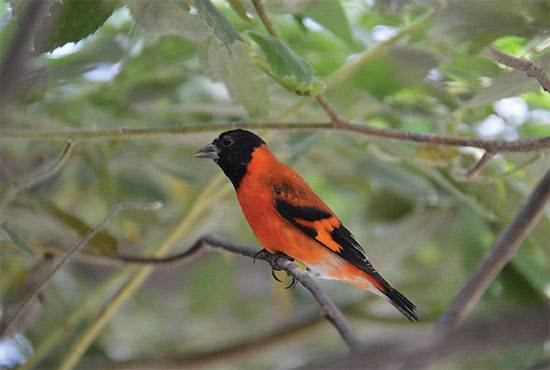
The red siskin is a tiny finch, largely found in grasslands and woodlands of Venezuela. Once common in this habitat, poachers for the pet trade have decimated the global population, and they are now listed as Endangered. The males are a beautiful red and black color, and they are skilled songsters, so bird fanciers love them. Plus they can breed with canaries to create a ‘red canary’ form that is considered quite valuable. That means that these handsome crossbred canaries, which are always captive-bred and can be sold as such, are still always descended from illegally poached wild birds.
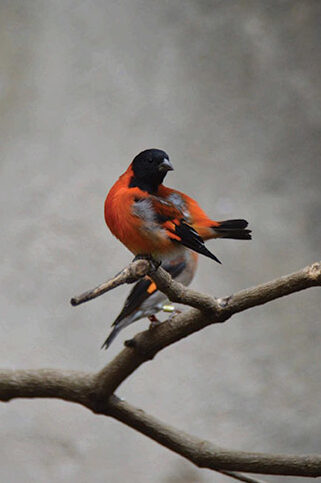
To help deal with this conservation crisis, Zoo New England has joined forces with the newly formed AZA SAFE (Saving Animals From Extinction) Red Siskin Program, the Smithsonian Institution, and a local Venezuelan organization called Provita to help stop the loss and recover this lovely little bird.
We are supporting Provita’s efforts to captive breed birds that have been rescued from the illegal pet trade (for eventual reintroduction into the wild); support anti-trafficking efforts to minimize illegal take of red siskins from the wild; slow habitat loss by helping coffee producers and their communities achieve USDA organic and Smithsonian Bird-Friendly® agroforestry certification;and perform conservation outreach locally and internationally to rally people around protecting and recovering red siskins. Zoo New England now also holds a breeding pair of red siskins as part of the creation of an assurance population among AZA-accredited zoos here in the US.
Finally, we are also a part of the AZA Wildlife Trafficking Alliance. This group provides a lot of good advice for how you can get involved in helping stem the tide of illegal wildlife trade. Please feel free to visit their site, and in the meantime, please do not take wild animals from their natural habitat for pets, and if you are buying a pet – bird, reptile, fish, etc. – please take the time to ensure it is not coming directly from the wild, in which case it might well be illegally sourced. We can all pitch in to help!

